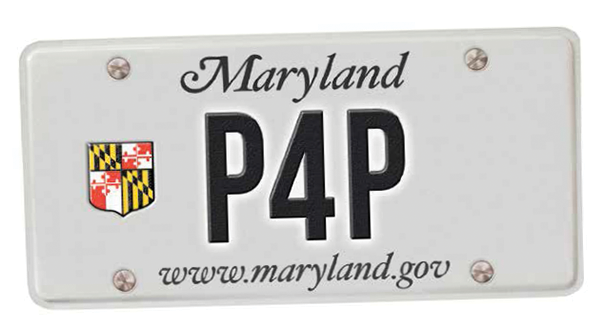
Maryland shifts its hospitals from fee-for-service to pay-for-performance payment model; expenditures-per-capita system estimated to save Medicare $330 million over next five years
Explore This Issue
ACEP Now: Vol 33 – No 04 – April 2014In 2014, Maryland made a dramatic move toward a population-based payment model. The change to a more globally based payment system is an attempt to move foward on the triple aim of improved health at a lower cost and with a better patient experience. Maryland’s unique all-payer system has recently been under increased scrutiny by the Centers for Medicare & Medicaid Services (CMS). This move may also help to preserve the system.
The all-payer system for hospital payments began in the early 1970s. The impetuses for its development were concerns not unique to Maryland: rapidly increasing Medicare and Medicaid costs and the disproportionate burden placed on hospitals in areas with a large number of patients without health insurance. The Maryland legislature took a different approach than other states with respect to its goals of controlling the growth in hospital costs, maintaining the viability of all hospitals that committed to quality care, and ensuring the fairness of reimbursement to hospitals. Out of this act, the Health Services Cost Review Commission (HSCRC) began in 1974. The HSCRC was given the authority to set hospital rates for all payers. Initially, this did not include Medicare and Medicaid, as federal law pre-empted state law. However, by 1977, Maryland was able to negotiate a waiver to include Medicare and Medicaid in its all-payer system. Hospitals may negotiate rates with the HSCRC to some degree, and the rates at a given hospital may vary from other hospitals based on factors such as the rate of self-pay patients. Once the HSCRC determines rates for hospitals for a given year, the reimbursement from the payers is the same across all payers, from Medicaid to third-party payers.
For Medicare, Maryland will limit the growth to 0.5 percent less than the national growth rate per year. This is estimated to save Medicare $330 million in that five-year period.
The model has served Maryland, and presumptively CMS, well over the past 30-plus years. When the all-payer system started, the cost per admission for Medicare was 25 percent greater than the national average. In 2005, the cost per admission was 5 percent below the national average, continuing into 2007. Since then, however, the cost per admission has been increasing relative to the national average, and the waiver that allows Maryland to include Medicare and Medicaid in the all-payer system has been in jeopardy. Rather than lose the waiver, Maryland began negotiating with CMS. The negotiations led to the proposal and approval of a new payment system for hospitals. For the next five years, this model will be in place, and if Maryland is not successful in implementing this plan, it will transition to the national Medicare hospital-payment system.
As of January 2014, the payment model in Maryland began migrating from a traditional fee-for-service model to expenditures per capita for all payers. For the next five years, cost growth is capped at 3.58 percent for inpatient and outpatient care. For Medicare, Maryland will limit the growth to 0.5 percent less than the national growth rate per year. This is estimated to save Medicare $330 million in that five-year period. The base rate for individual hospitals is their total revenue from 2013, with a growth-rate ceiling of 3.58 percent. Hospitals can choose from two models of transition. The first is to transition to a global budget model from the beginning. The second involves a variable cost factor that reduces the incentive for hospitals to make money by increasing volume. If volume goes up, hospitals keep a fraction of the increase, but they also retain some of the lost revenue if volume goes down.
The goal of the change, besides the obvious cost savings, is to encourage hospitals to move to a population-based approach of providing care. Hospitals will move away from rewards for inpatient volume to a system that emphasizes prevention, quality, and more care coordination. Keeping patients out of the hospital and working with medical homes and community resources could lead to better outcomes and a healthier population. If successful, this could lead to control of the total cost of health care for Maryland.
 Dr. Jaquis is system chief of emergency medicine at LifeBridge Health and chief of emergency medicine and attending physician at Sinai Hospital, both in Baltimore. He is a member of the ACEP Board of Directors.
Dr. Jaquis is system chief of emergency medicine at LifeBridge Health and chief of emergency medicine and attending physician at Sinai Hospital, both in Baltimore. He is a member of the ACEP Board of Directors.
Pages: 1 2 | Multi-Page




One Response to “CMS and Maryland Enter into Accountable Care Agreement”
May 12, 2014
LifeBridge Health Media Monday Clips - Week of May 5 - LifeBridge Health Blogs | LifeBridge Health Blogs[…] Stories April 11 – ACEP Now – William Jaquis, M.D., chief of Emergency Medicine at the Sinai ER-7, wrote an article published in […]